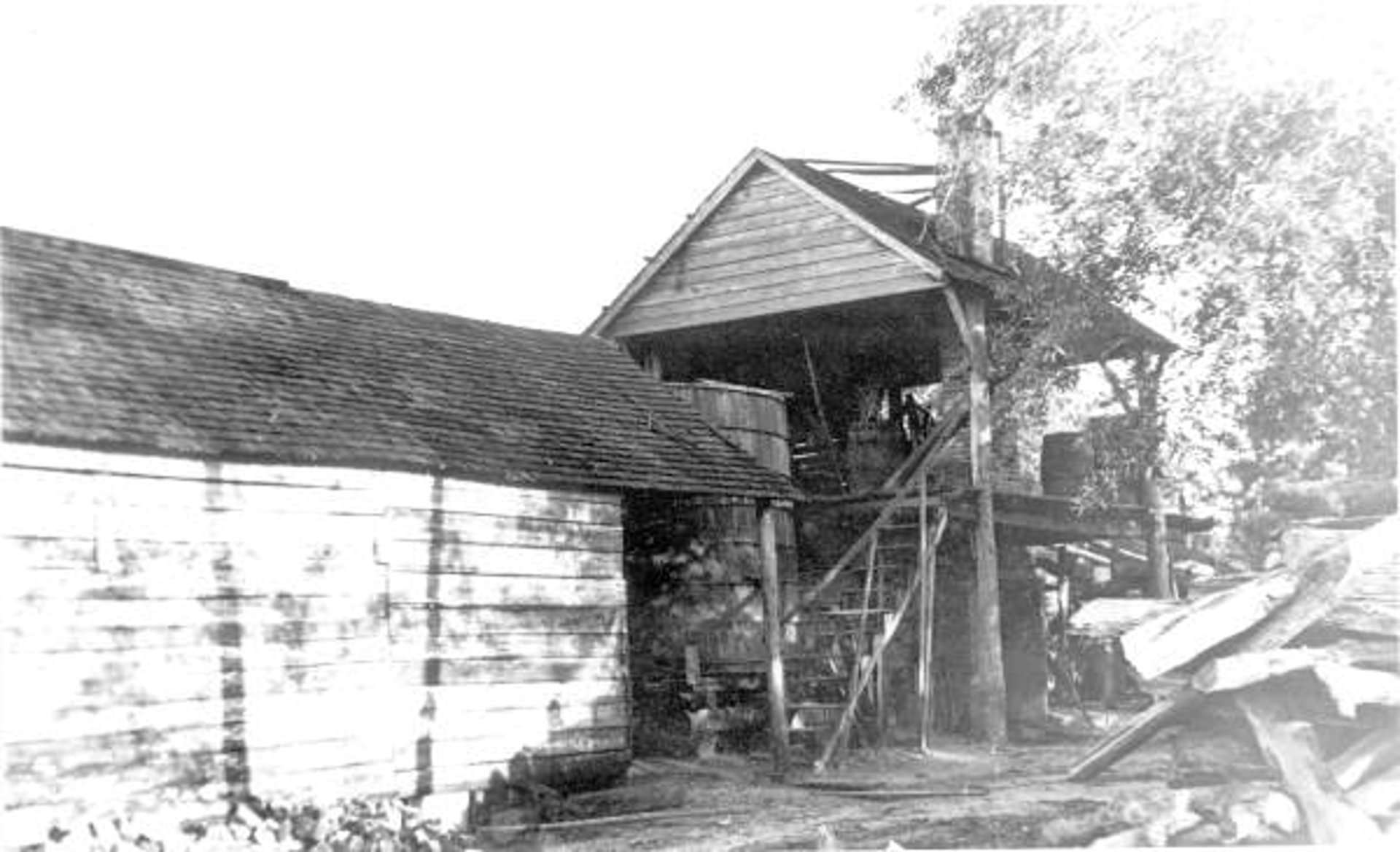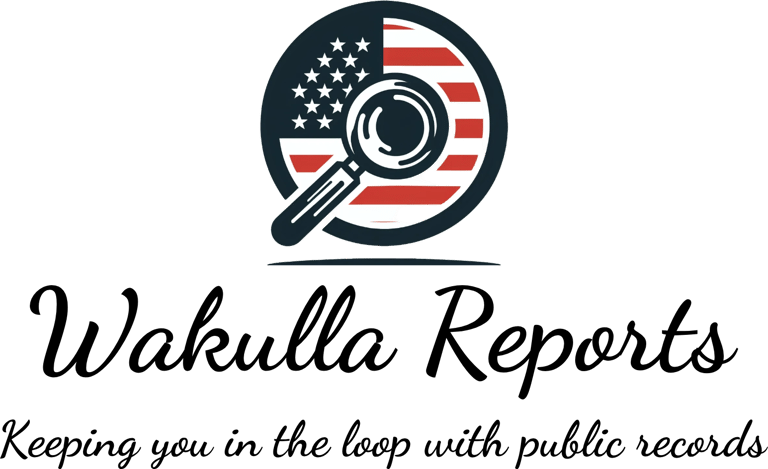Wakulla’s 2025 LMS Projects: Safety First or Economic Gamble?
LMS projects aimed at safety versus the county’s hefty investments in economic growth, questioning prioritization and a broader funding debate.
DEVELOPMENT & INFRASTRUCTUREMONEY & FINANCE
3/23/20254 min read


Wakulla County’s gearing up to tackle floods, hurricanes, and wildfires, and the 2025 Local Mitigation Strategy (LMS) Projects List, updated January 30, 2025, is the roadmap. This 37-project lineup, straight from the county’s website, aims to keep our 33,764 residents (2020 Census) safe in the Panhandle’s wild weather. But here’s the catch: it leans on FEMA for funding, and let’s just say FEMA’s not winning any fans around here—some of us wish we could ditch them entirely. Let’s break down the projects, the costs, and what this means for Wakulla.
What’s the LMS All About?
The Local Mitigation Strategy is Wakulla’s playbook for dodging disaster—think less flooding in your yard, fewer power outages, and a fighting chance against the next big storm. FEMA encourages these plans to prep communities, and our LMS Working Group (county staff, emergency folks, locals) ranked 37 projects by priority (High, Medium, Low) with cost estimates to make it real. It’s all about reducing risk before the sky falls.
The Projects: What’s on Deck?
Here’s a snapshot of the 37 projects—big fixes to small wins:
Harden the Emergency Operations Center (EOC) (Project 1, High Priority): $1.5M to make the EOC storm-proof. When Hurricane Michael hit in 2018 with 100 mph winds, this hub kept us coordinated—next time, it’ll be tougher.
Wakulla Gardens Stormwater Upgrade (Project 12, Medium Priority): $3M to fix drainage in this flood magnet. With 51% of Wakulla in flood zones (FEMA, 2023), this could save homes—especially after 2024’s $11M septic-to-sewer push left gaps.
Lightning Protection for Critical Facilities (Project 25, Low Priority): $150K to shield fire stations and such. Florida’s lightning capital status—1,200 strikes per square mile yearly (NOAA, 2022)—makes this a smart move.
Animal Services Generator (Project 5, High Priority): $75K to keep the shelter powered during blackouts. Post-Michael in 2018, we had week-long outages—pets need saving too.
Flood-Proof Wastewater Lift Stations (Project 8, Medium Priority): $2M to protect 10 stations. Spills into Wakulla Springs (already hurting, WFSU, Jan 2025) aren’t an option.
The Money: What’s This Gonna Cost?
Total price tag? A hefty $47,615,000 (47.6 Million). Here’s the split:
High Priority (12 projects): $12.5M—EOC hardening, generators, early warning systems.
Medium Priority (15 projects): $30.1M—stormwater and lift stations take the lion’s share.
Low Priority (10 projects): $5.015M—lightning protection, public education, smaller retrofits.
Funding’s tricky. FEMA’s Hazard Mitigation Grant Program (HMGP) typically covers 75% of costs, with the county footing the rest—think local budget or grants like Triumph Gulf Coast ($11M for comms in 2024). Wakulla’s 2023-2024 budget was $66M (wakullaclerk.org), so $47M over 5-10 years is a stretch. A $4,980 septic fix in 2025 shows how costs add up fast.
FEMA Frustrations: A Local Take
Here’s the rub: FEMA’s cash comes with headaches—red tape, delays, and rules that can leave us high and dry. After Michael in 2018, some locals waited years for aid, and 2024’s storms showed FEMA’s still dragging its feet (WCTV, Sep 2024). Around here, plenty of folks are fed up—FEMA’s more hassle than help, and we’d rather see funding come from less bureaucratic sources, like state coffers or Triumph’s $1.5B pot. It’d mean faster action, fewer strings. But wait! Those Triumph Grants are for private businesses, our bad.
Why It Matters
Wakulla knows nature’s wrath—Michael’s 2018 winds, 2024’s Medart flooding, annual wildfire scares. This LMS isn’t just paper—it’s survival. Flood-proof lift stations keep sewage out of Wakulla Springs. A tougher EOC means we’re not blind in a crisis. Lightning protection saves lives where storms don’t play. But the county’s priorities are raising eyebrows, and FEMA’s slow pace isn’t helping.
The Catch: Prioritization Blues
Not everything’s getting done soon—low-priority projects might sit for years, and FEMA’s molasses pace is a big reason why. After Hurricane Michael, Wakulla got $14.3M in federal funds, but payouts dragged—$1.4M for homeowners took months, and 112 survivors stalled out by not providing insurance info (FEMA.gov, Oct 15, 2018). Meanwhile, the county’s banking on Triumph Gulf Coast to shell out big bucks for economic growth, like the nearly $60M tied to Project Safety and Project Boomer. These initiatives subsidize private businesses—think Residential Elevators in Crawfordville, a home elevator company expanding with $4.5M from the state (Florida Politics, Dec 7, 2024) And SRT Supply (you can see that Commissioner Nichols recuses himself from voting and SRT Supply is his employer). They’re promising jobs, sure, but the numbers barely break 300 new jobs with maybe 50 retained, all while costing a fortune.
So, we’re relying on Triumph to prop up businesses, but struggling to fund LMS projects because FEMA’s too slow—$47M worth of safety measures are stuck in limbo. When will Wakulla prioritize appropriately to protect its citizens, and frankly, our way of life? We’re pouring millions into economic gambles while floodwaters creep closer to our homes and wildfire season looms. Shouldn’t we be hardening our EOC or fixing Wakulla Gardens’ drainage before handing over millions to private companies? It’s a question worth asking—our rural roots and safety deserve better than playing second fiddle to corporate handouts. Stay frosty, folks.

Additional Social Links
YouTube is your go-to for short clips, video explainers, and visual breakdowns of how Florida and Wakulla governments really work.
Facebook brings you bite-sized written content, sticky-note facts, and rolling updates you can share and discuss.
Prefer to browse at your own pace?
Bookmark our website and visit anytime for fresh posts, resources, and real-life examples from right here in Wakulla County.
© 2024. All rights reserved.
